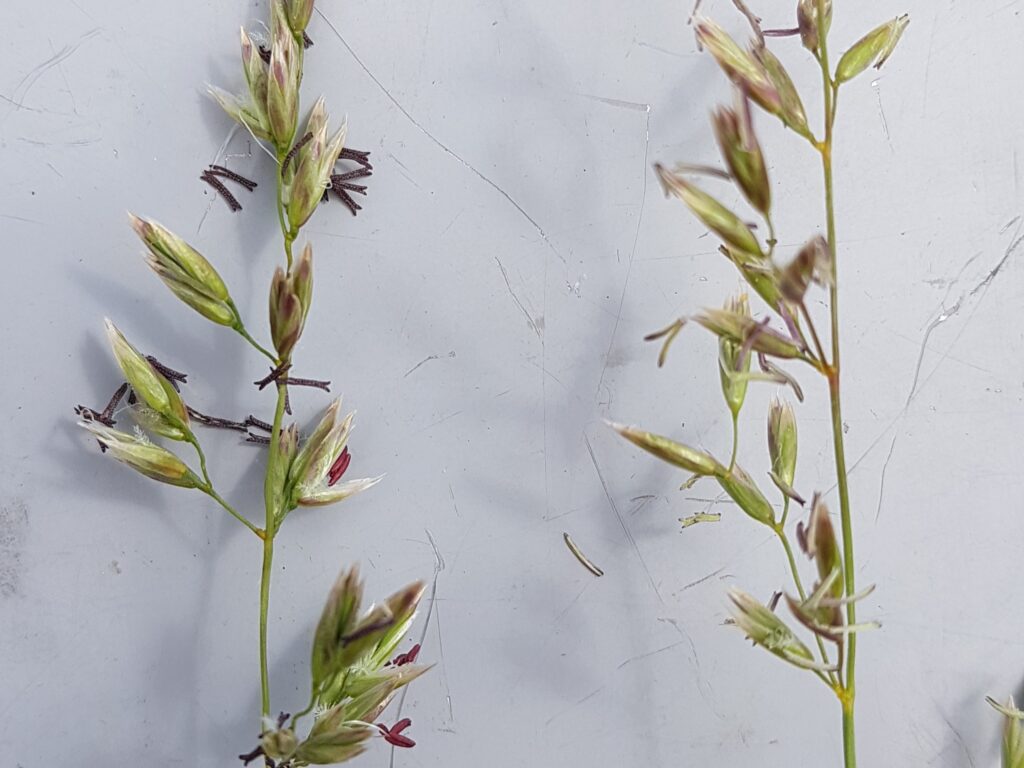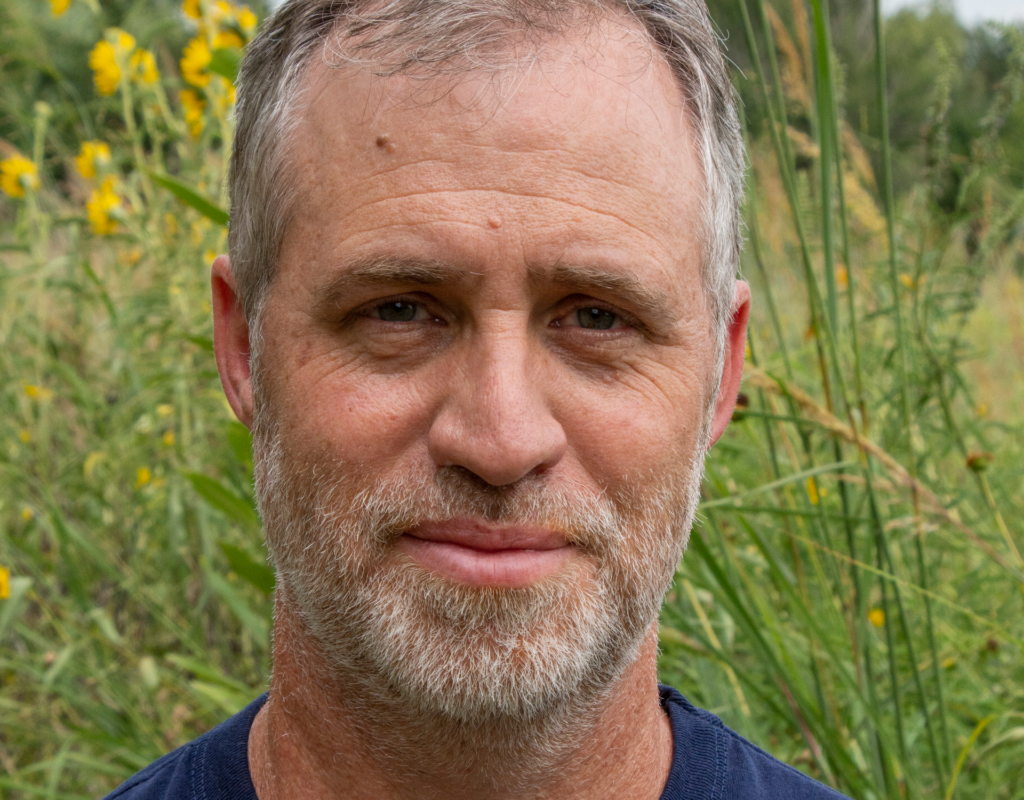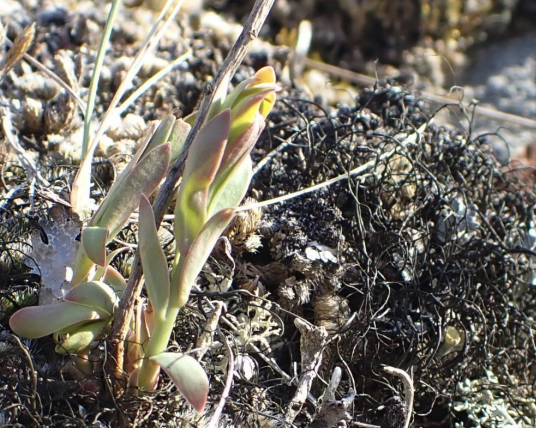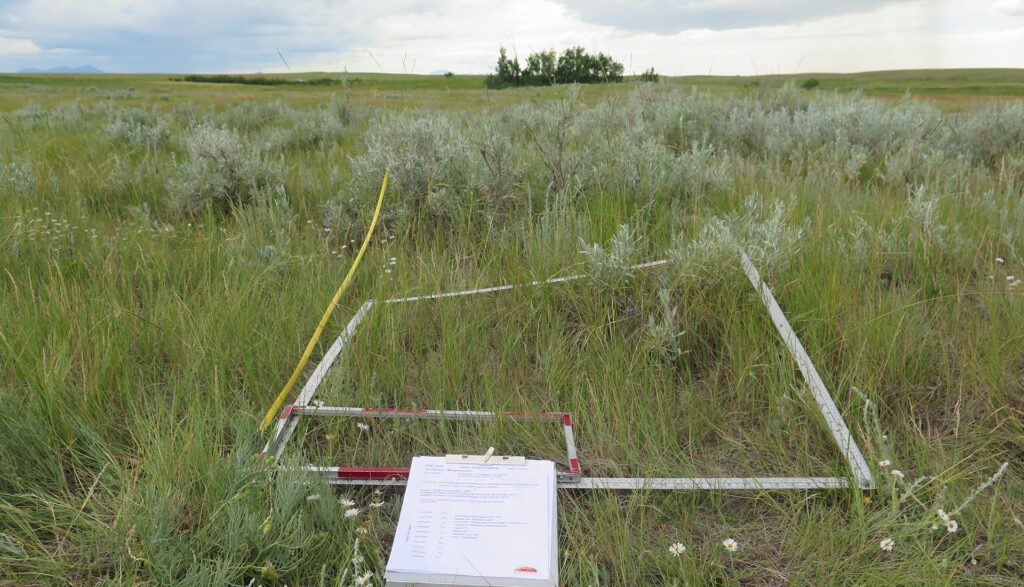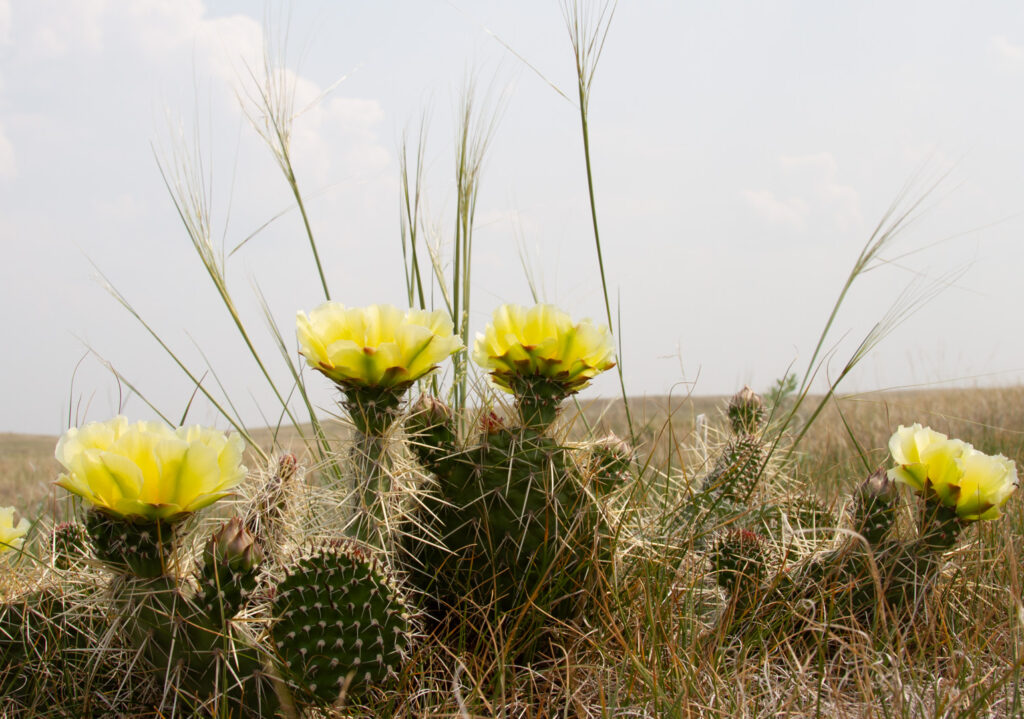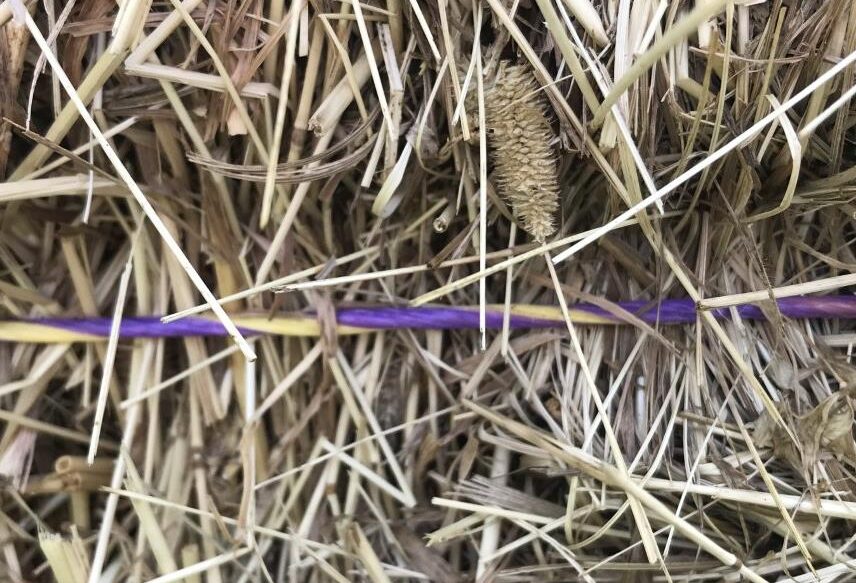WEBINAR – Choosing flower species for restoration of beneficial insect biodiversity: community-level flower preferences and flower visiting insect responses to native vs. non-native flowers
This presentation builds on insights from Renny Grilz’s Nuffield Canada Agricultural Scholarship project, which explores native seed producer networks and seedbanking in Europe and North America. Meewasin Valley Authority is investigating the potential to establish a native plant seedbank in Saskatoon, Saskatchewan to support prairie conservation and restoration in Western Canada.


